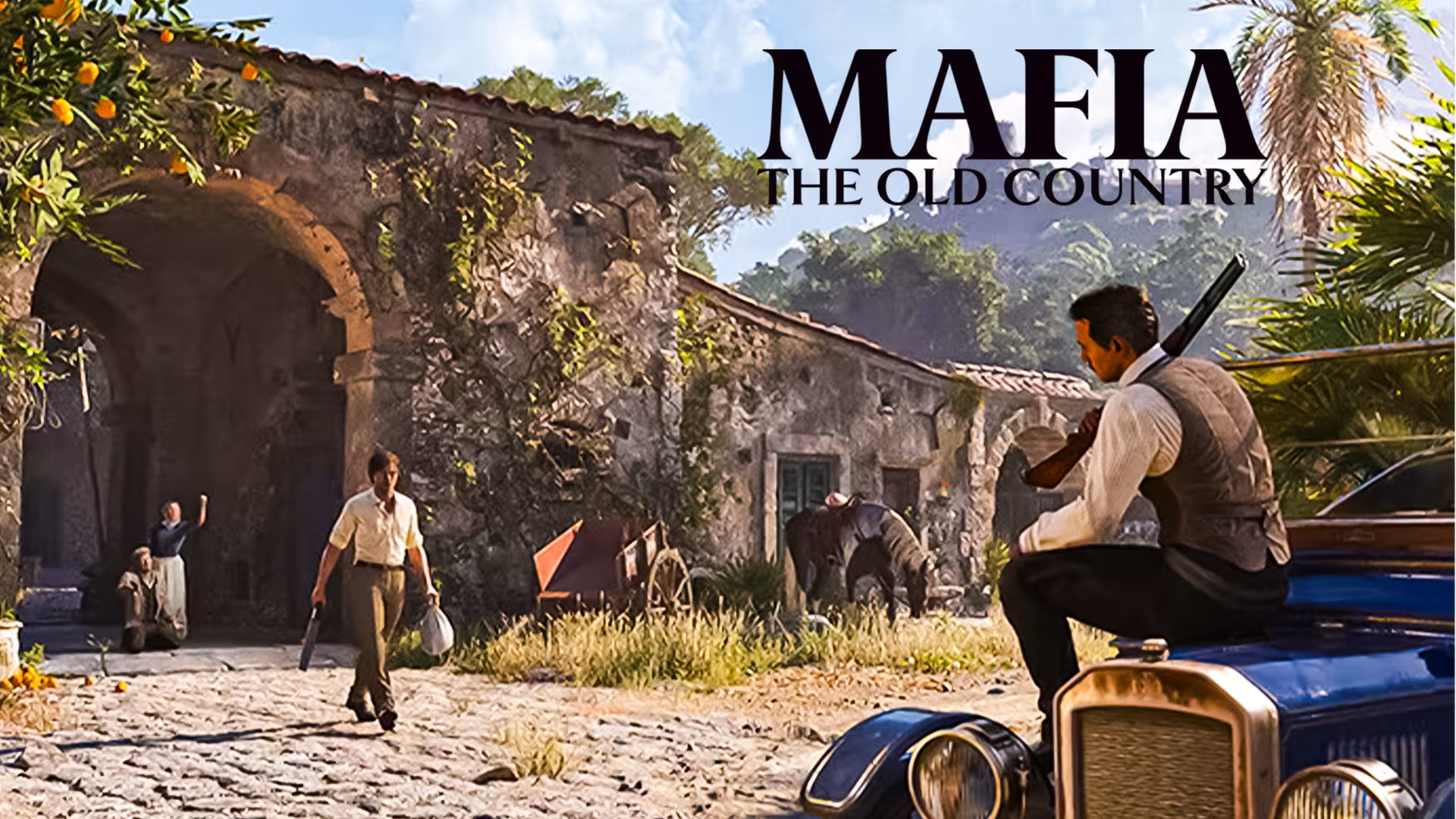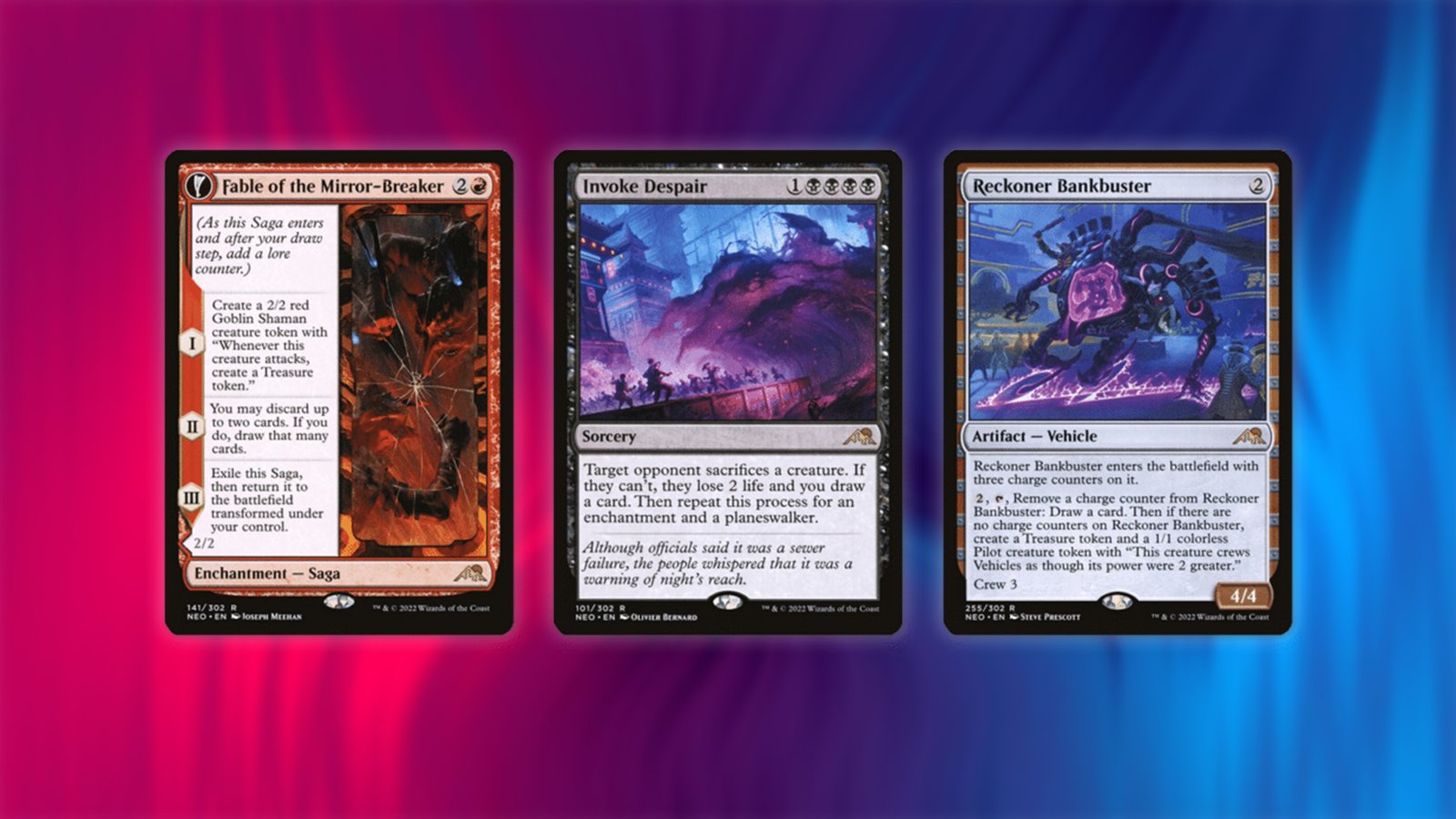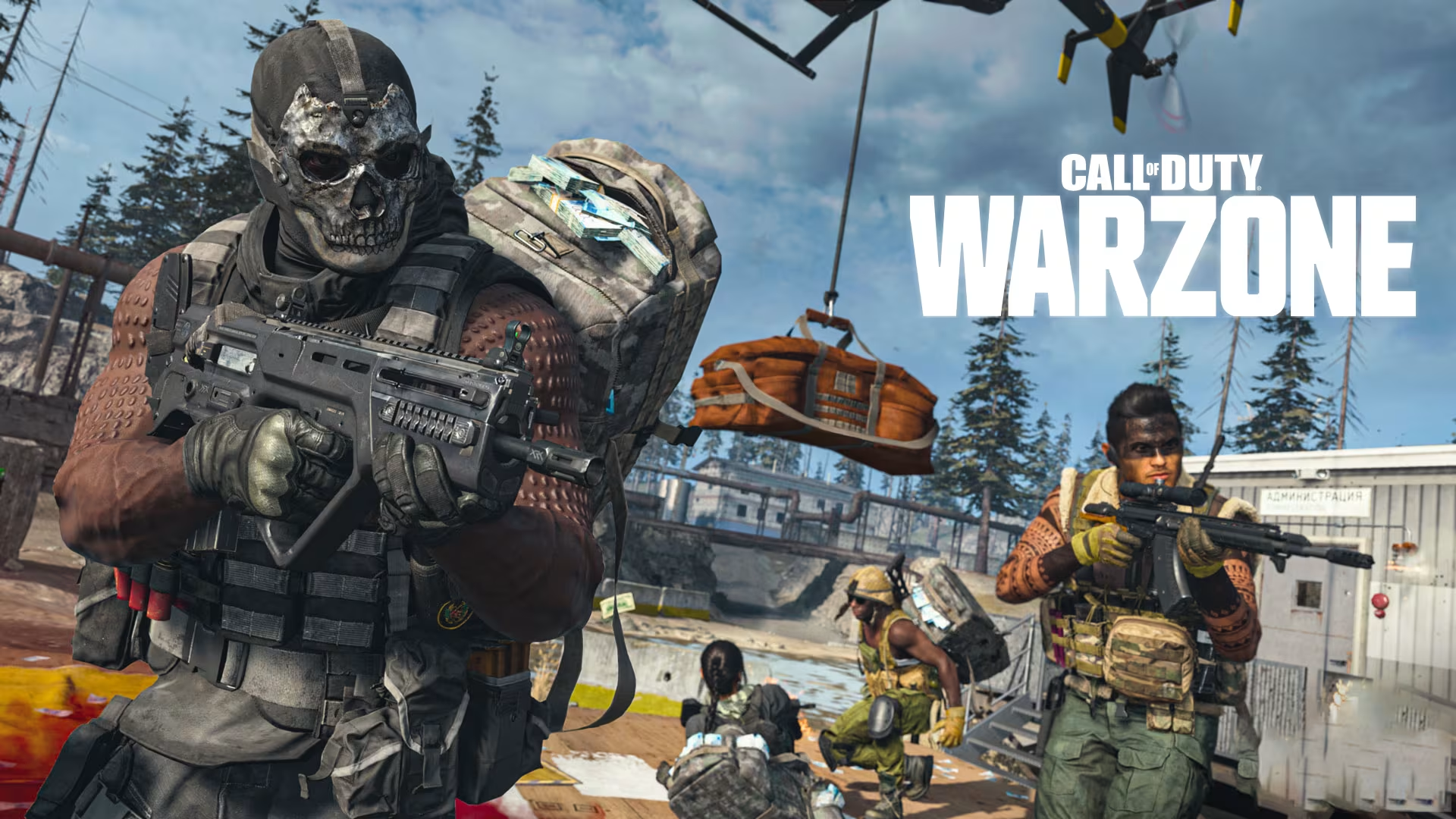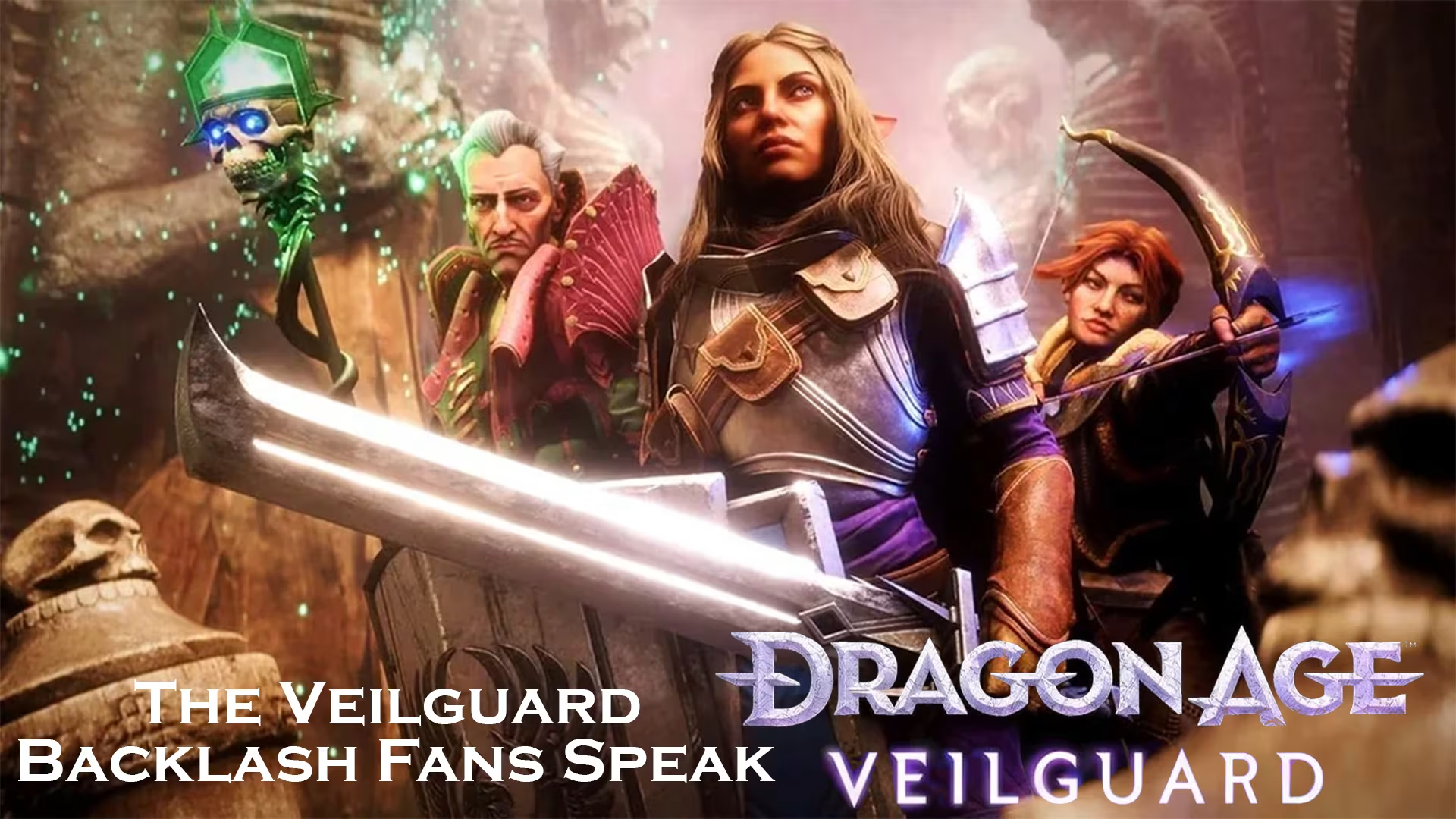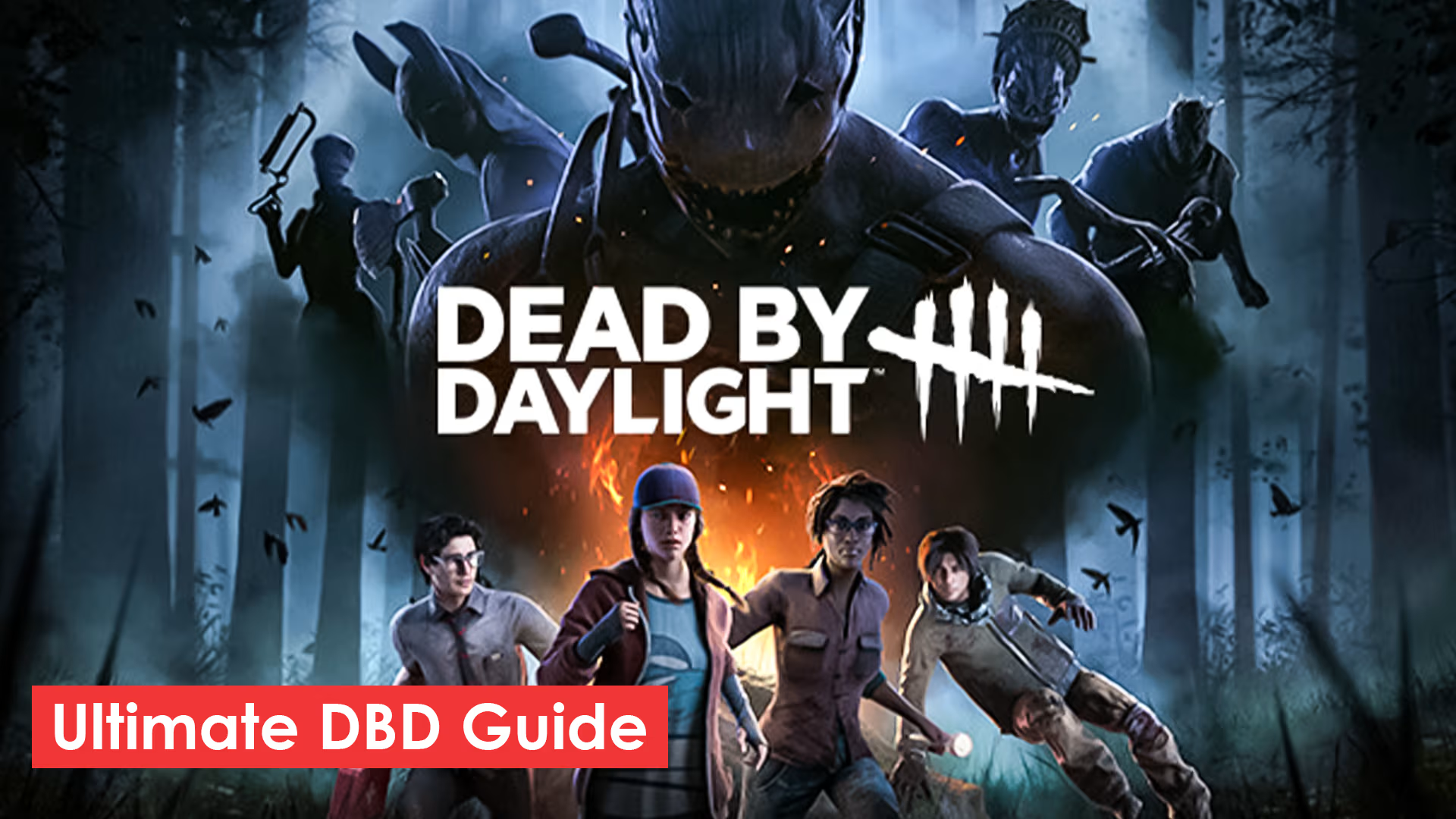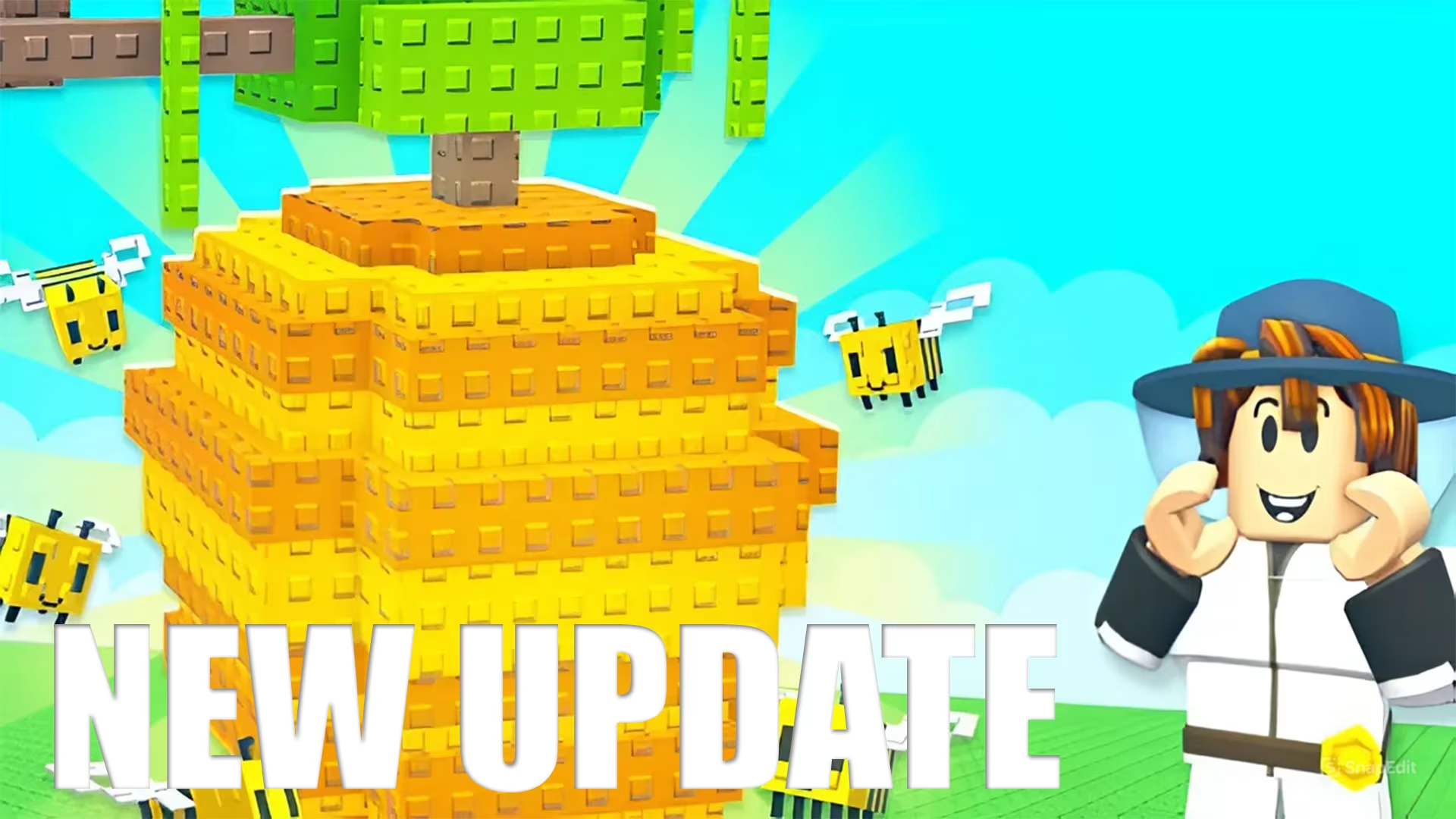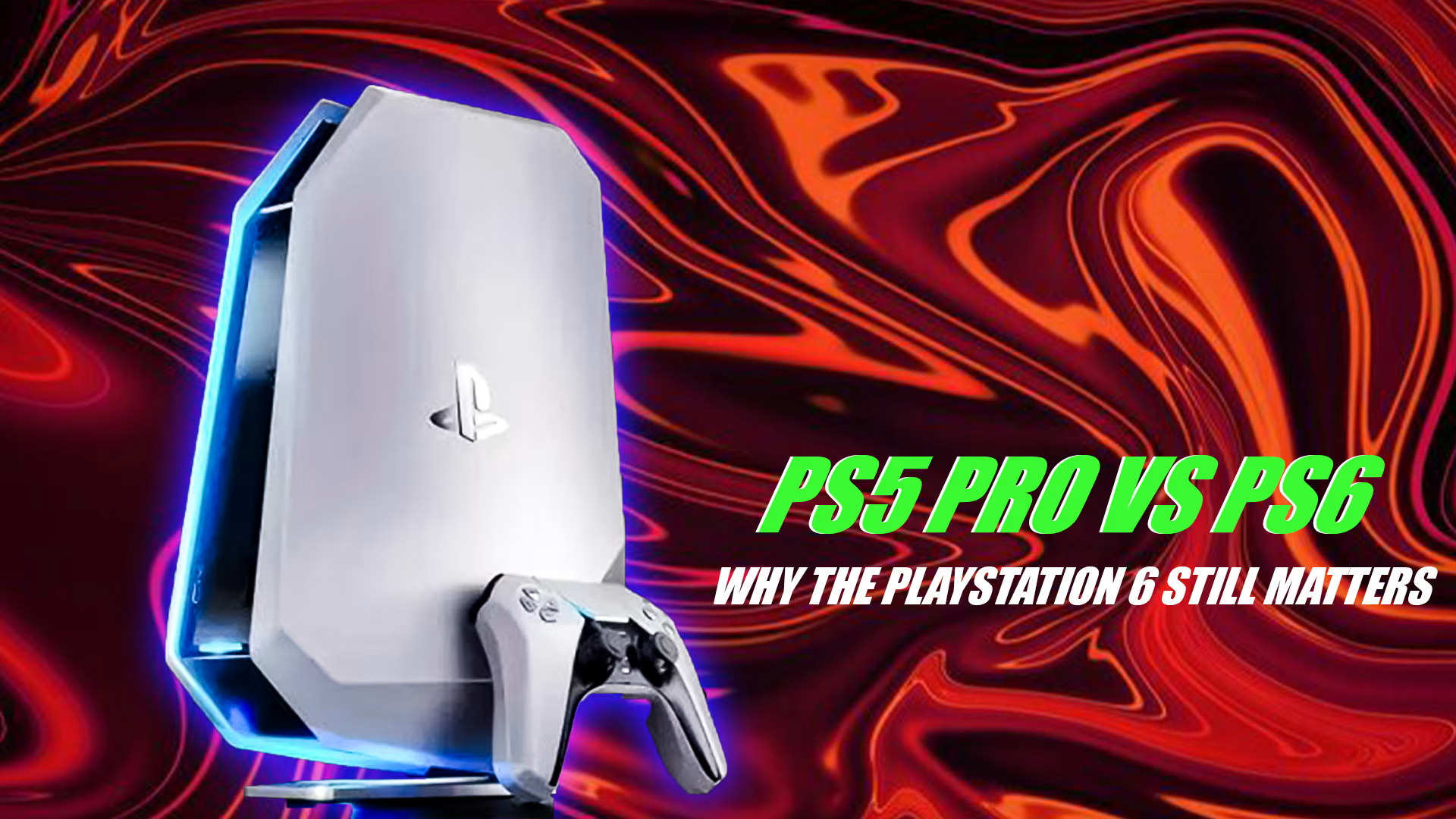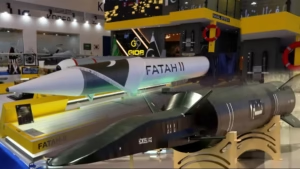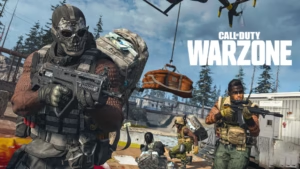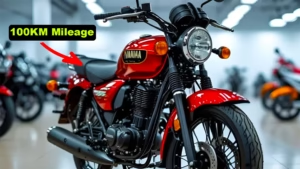Mafia The Old Country is a unique game in the popular Mafia series. Released as a follow-up to Mafia I and Mafia II, it takes players to the 1960s in New Bordeaux, a city inspired by New Orleans. You play as Lincoln Clay, a Vietnam War veteran seeking revenge against the Mafia for betraying his family. While the story is strong and the setting feels alive, the game’s open-world design creates major problems that hold it back.
The Mafia Series: From Linear Stories to Open Worlds
The first two Mafia games were mostly linear, focusing on rich storytelling and strong characters. Mafia I is set in the 1930s with Tommy Angelo, an Italian-American taxi driver turned gangster. Mafia II moves to the 1940s and 1950s with Vito Scaletta, a WWII veteran caught in the crime world. Both games deliver intense narratives within detailed, but mostly linear, open worlds.
Mafia The Old Country tried something new by creating a fully open world where you could explore the city and take on various missions in any order. This was a big change but also came with big challenges.
New Bordeaux: A Beautiful But Empty City
New Bordeaux looks and feels unique. The game captures the hot, humid, and swampy atmosphere of the South in the 1960s. The city is visually impressive and diverse, with detailed neighborhoods and vibrant music. However, despite its beauty, the city often feels empty and lacking a real reason to explore.
Many players found that there wasn’t enough interesting content to keep them engaged between main story missions. The world feels like a backdrop with too many repetitive tasks that don’t add much to the experience.
Repetitive Gameplay That Drags
Most of the game involves destroying enemy rackets by killing gang members, interrogating people, stealing cars, and destroying merchandise. These tasks repeat across nine different districts, making the gameplay feel like a grind. Players often have to do similar things multiple times before moving on to the next story mission, which can be frustrating.
The side missions, such as loyalty missions for underbosses or trafficking runs, don’t offer much variety either. Collectibles and races exist but don’t add significant value to the gameplay.
A Compelling Story Held Back by Poor Pacing
Lincoln Clay’s personal story is one of the game’s strongest points. His return home, the massacre of his adoptive family, and his quest for revenge are emotional and gripping. The supporting characters, including allies like Cassandra and Vito Scaletta, add depth.
However, the story is framed with flashbacks that jumble the timeline, leading to inconsistent pacing that can confuse players. Also, the long gaps between major story events make the game feel slow and drawn out.
Gameplay Mechanics: Solid but Limited
Combat in Mafia III is smooth and enjoyable. The cover system works well, and adrenaline shots add tactical depth. Stealth mechanics are functional, though enemy reactions can feel strange at times.
Players can only carry two guns at once, limiting weapon variety. Driving is average, and unlike previous games, there are no strict traffic rules, so police only chase you if you directly attack them or cause accidents.
The underboss system is a nice touch, allowing you to manage territories and assign lieutenants. However, mistakes can lead to betrayals, which adds some tension, but the overall system lacks complexity.
DLCs Show What Could Have Been
The downloadable content (DLC) for Mafia III is much better focused. They provide tighter storytelling and more meaningful gameplay. For example:
- Stones Unturned follows John Donovan on a mission involving a nuclear warhead.
- Sign of the Times explores a darker, mysterious blood cult case with Lincoln and Father James.
- Faster, Baby! introduces a new area and tackles racial injustice themes.
These DLCs highlight what the base game could have achieved with better pacing and content.
Conclusion: A Game with Great Potential but Flawed Execution
Mafia III is not a bad game, but it’s weighed down by its open-world design. The lack of meaningful activities and repetitive gameplay hurt the overall experience. Lincoln Clay’s story is compelling, and the setting is rich, but the game’s structure struggles to support these strengths.
If you enjoy strong stories and don’t mind some grinding, Mafia III has moments worth playing. However, if you prefer open-world games with deep, varied content, you might find it frustrating.
Related Post
PS5 Pro vs PS6 Why the PlayStation 6 Still Matters
Elden Ring Nightreign Executor Character Guide
